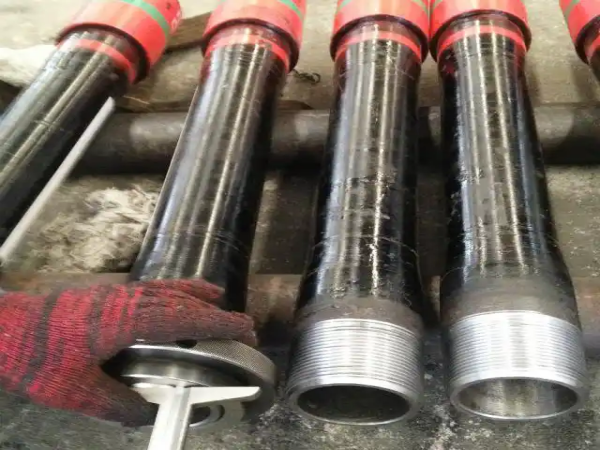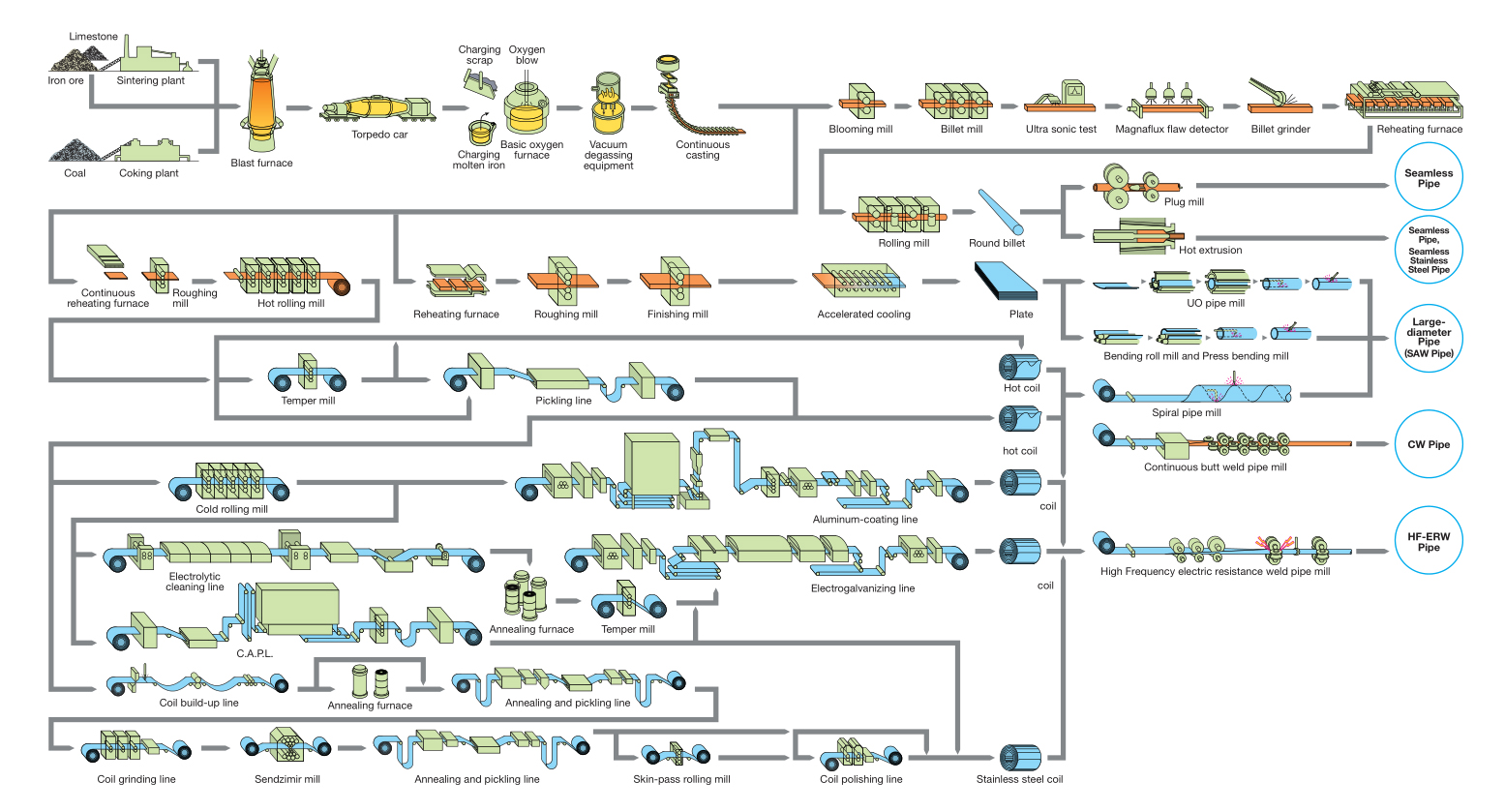Downhole drilling pup joints are indispensable in the oil and gas industry. These components are essential for precisely controlling the length of the drill string while ensuring seamless and reliable operations in challenging environments. The production of pup joints must result in components that are robust, dimensionally accurate, and capable of withstanding the extreme pressures, loads, and temperatures encountered in oil and gas wells.
Manufacturing Processes For Downhole Drilling Pup Joints
This article provides a comprehensive overview of the critical manufacturing stages involved in producing high-performance pup joints, including material preparation, forging, machining, welding, heat treatment, surface finishing, and quality control.

Stock Preparation
The pup joint body begins as a seamless tube made from high-strength drill steel, such as AIS14145H, to exacting cleanliness standards. Computer numerically controlled saws and end preparation machines cut the stock and bevel the ends for welding. This prepares the tube for the initial forming step.
Forging
The cut blank is first hot radially forged by a computer-controlled press. Localized compressive forces expand the diameter while maintaining good grain flow. Cold sizing dies then refine the final major dimensions with extreme precision. These forging operations effectively form the basic nipple for downhole drilling profiles.
Machining
Extensive computer-guided machining includes turning, boring, tapping, and ironing, with final dimensional tolerances tightly controlled to less than 0.010 inches. Threading allows for quality connections. Houston five-axis machining centers can complete complex profiles in a single setup. Automated in-line measurement confirms specifications.
Welding
Gas tungsten arc welding, submerged arc welding, and flux arc welding secure the forged ends to the tube body. The multi-wire tandem process ensures proper fusion penetration in the short components. The welding procedure is qualified by mechanical testing. Nondestructive testing screens for defects.
Heat Treatment
Forged and welded short sections are quenched and tempered to optimize strength and toughness. This controls the microstructure and hardness to meet demanding downhole requirements. Proper heat treatment prevents hydrogen cracking in the weld,
Surface Treatment
Thermal spray coatings such as tungsten carbide enhance wear, erosion and corrosion resistance. Special plating reduces thread wear. Internal and external surfaces can be treated depending on service conditions.
Quality Control
100% dimensional inspection verifies compliance with
API specifications. Nondestructive testing such as ultrasonic and magnetic particle testing screens for defects. Pressure and functional testing verify performance. All results are documented to verify that quality standards are met.

Conclusion
Manufacturing downhole drilling
pup joints is a complex and demanding process that requires precision at every stage. From raw material preparation to final quality control, every step ensures the production of reliable and high-performing components. These pup joints are critical for achieving operational efficiency and safety in oil and gas exploration.
With a commitment to innovation and excellence,
Baowi-Steel continues to set industry standards, providing components that ensure the success of downhole drilling operations worldwide.






 English
English Español
Español بالعربية
بالعربية












 Phone :
Phone :  Whatsapp :
Whatsapp :  Email :
Email : 


